In the field of sonic toothbrush manufacturing, button malfunction and uneven bristles might seem like unrelated issues at first glance. However, increasing customer feedback indicates that these two flaws can interact, resulting in product failure, reduced brushing efficiency, and poor user experience. Is this truly an overlooked disaster in oral care design—or a preventable manufacturing defect?
A button malfunction, such as a stuck or delayed power button, can unintentionally cause the motor to operate erratically. This leads to:
Such irregular operation strains the brush head, causing uneven bristles over time as the fibers wear at different rates due to inconsistent pressure and motion.
Uneven bristles are not merely a cosmetic problem—they seriously undermine brushing quality. They cause:
In B2B production, such flaws can damage the brand’s reputation and result in costly product returns. Company web: https://www.powsmart.com/product/electric-toothbrush/
Several common manufacturing or design issues contribute to this dual problem:
When these flaws coexist, they create a cycle of failure where the button malfunction accelerates bristle unevenness, which in turn leads to operational instability.
Ignoring button malfunction and uneven bristles shortens device lifespan significantly. Common consequences include:
For suppliers, the economic and reputational risks cannot be overlooked.
Proactive manufacturers can mitigate these risks by:
Such improvements ensure superior product stability, reducing both button malfunction and uneven bristles complaints.
Innovative solutions are shaping next-generation oral care devices:
OEM brands embracing these innovations gain competitive advantage while safeguarding customer satisfaction.
Though seemingly minor, button malfunction and uneven bristles together pose a hidden threat to sonic toothbrush reliability. For manufacturers serious about delivering premium, long-lasting devices, addressing these flaws at the design and production stage is not optional—it’s essential. Superior quality control, materials selection, and future-ready design will turn this potential disaster into an opportunity for brand leadership in the oral care market. Contact us
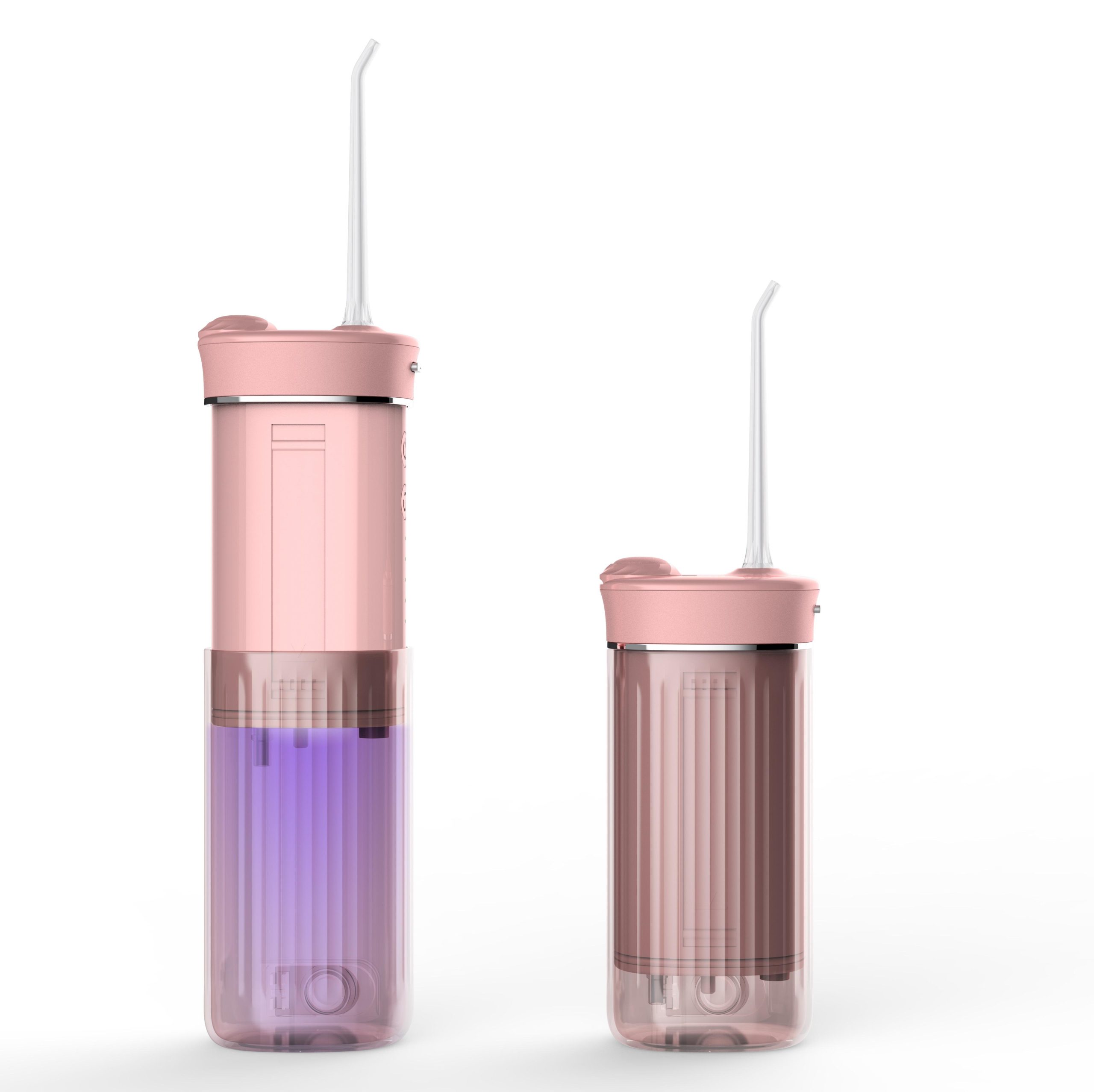
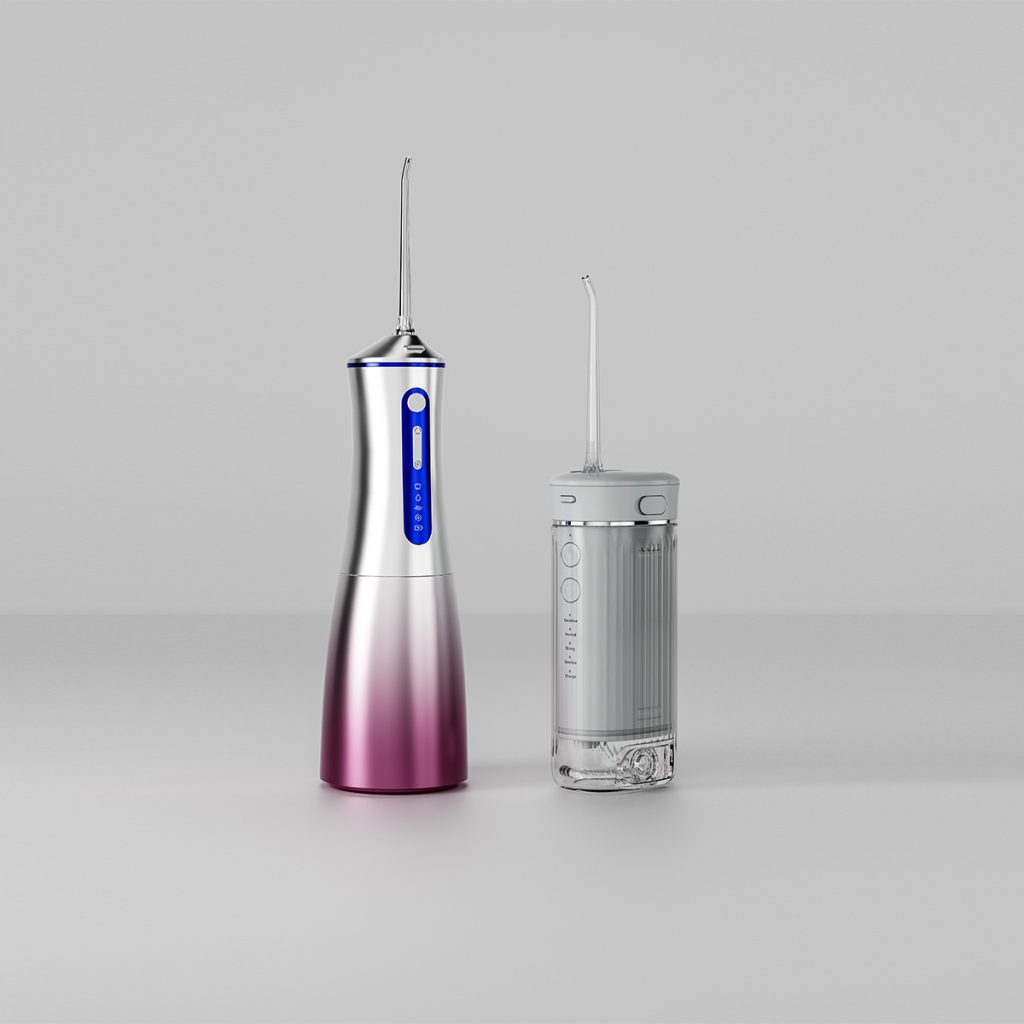
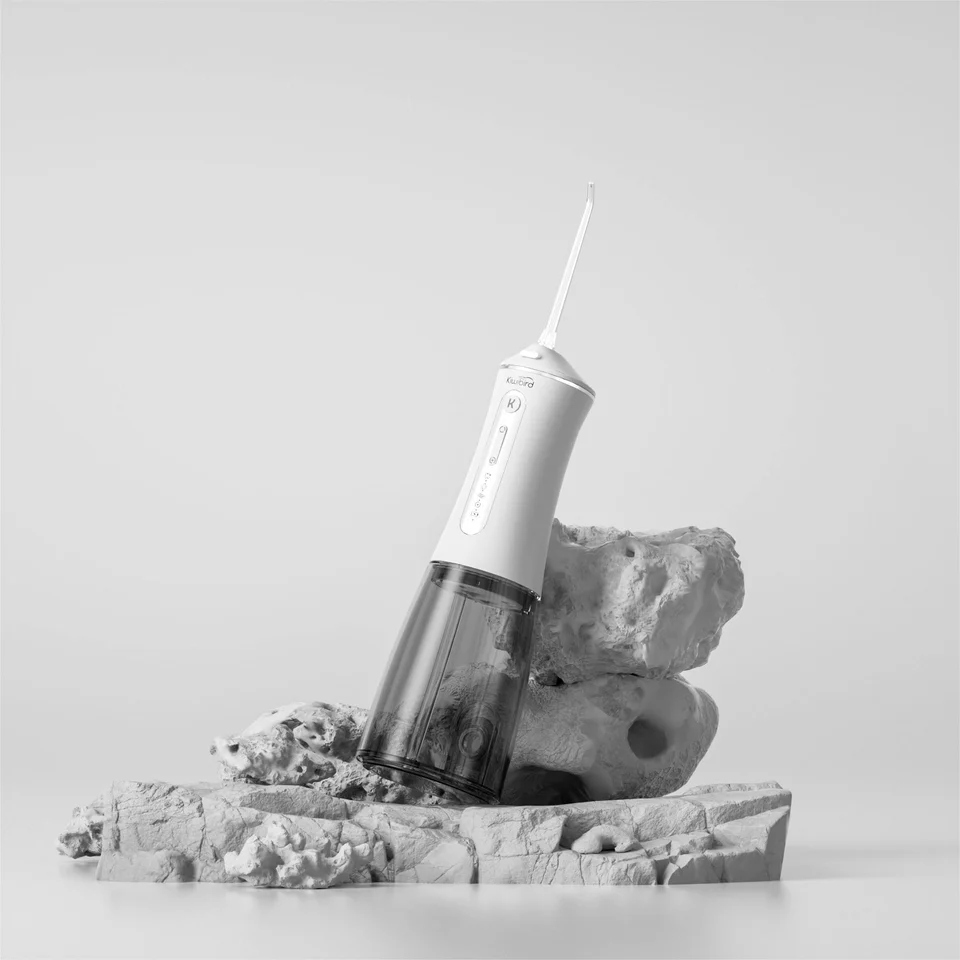
What Sets and Combinations of Oral Care Products Can Be Made to Promote Sales?
.jpg)
What Methods Can Be Adopted in Increasing the Sales of Water Flossers?
.jpg)
No-Mess Water Flosser Design: How Our Factory Solves Splashing for Your Brand

The Characteristics of the Target Audience for Home Teeth Whitening Devices
sonic electric toothbrush Tucson
.jpg)
Choosing Between a Sonic vs Oscillating Toothbrush Supplier?
.jpg)
No More Missed Spots: How Our Manufacturer Ensures Your Water Flosser Reaches All Teeth
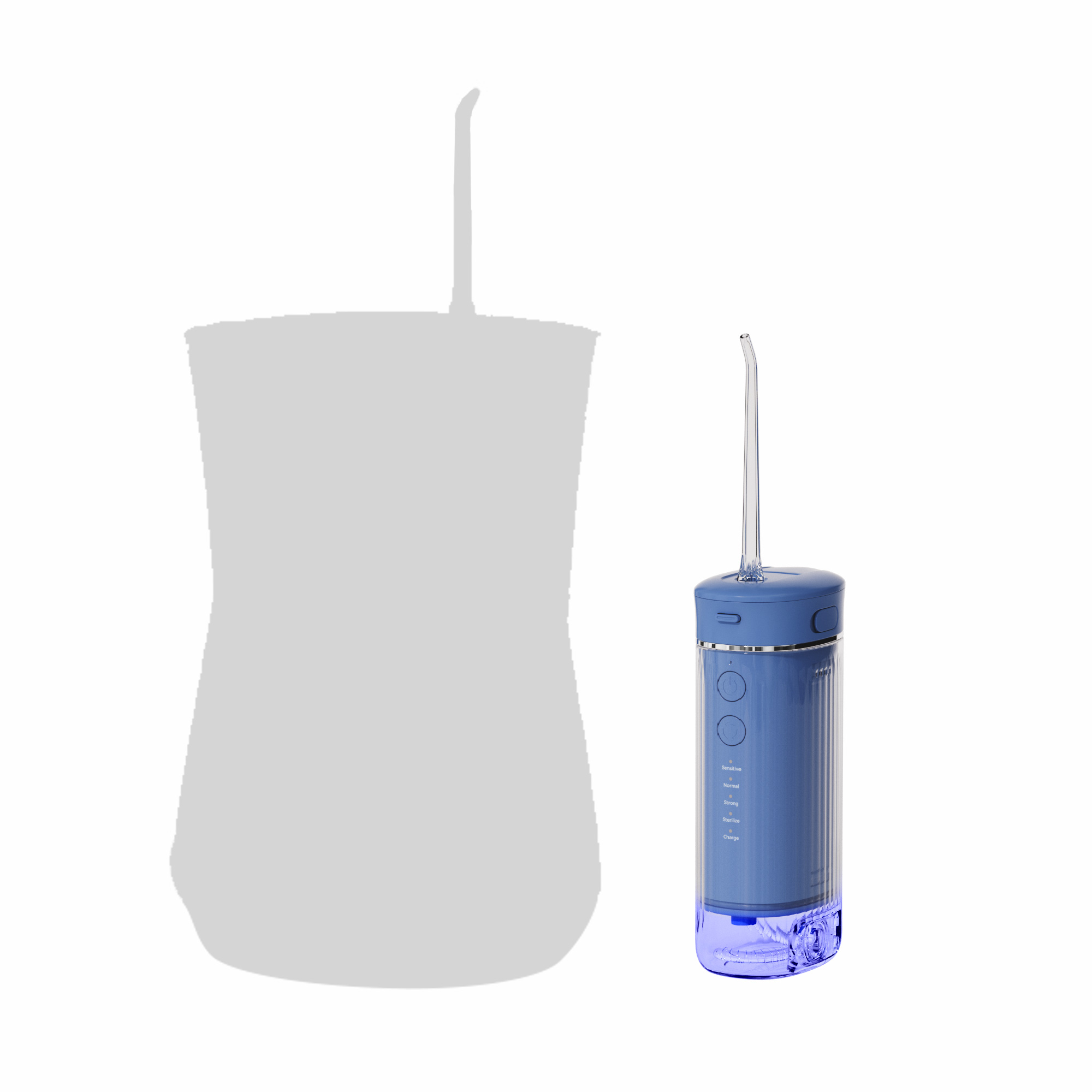
Water Flosser Working Principle Explained by a Direct OEM Factory

Water Flosser Disadvantages: What Your OEM Factory Isn’t Telling You?
Battery Degradation Accelerating LED Dimming – Unavoidable?

Precautions During Use – Maximize the Effectiveness of the Home Teeth Whitening Device
Gum Irritation or Throat Irritation – What’s the Culprit?
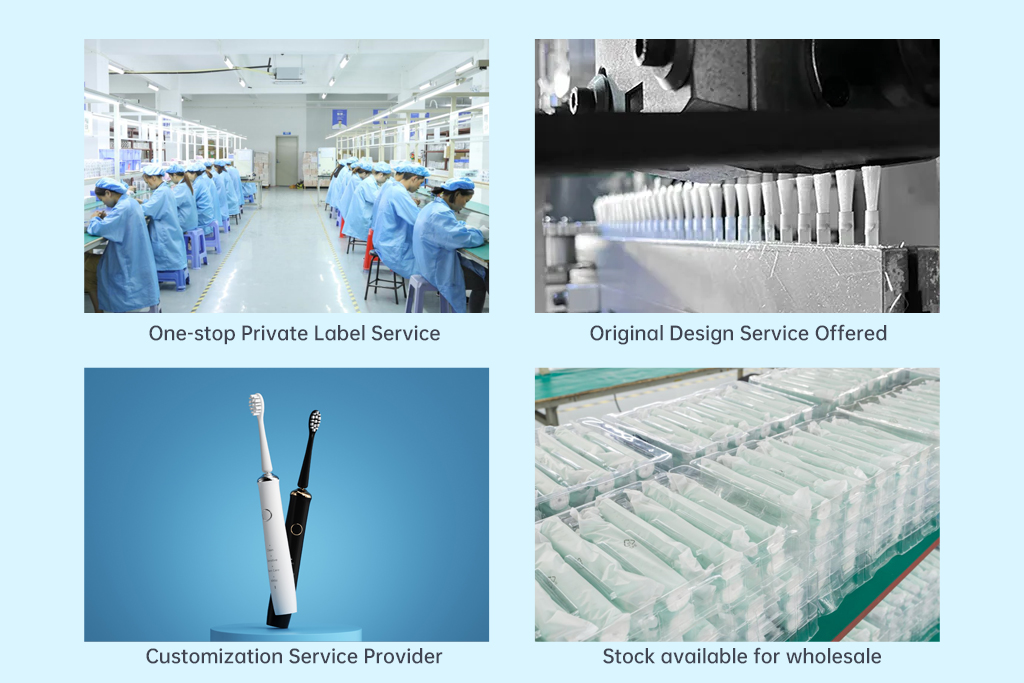
How Can Water Flosser Factories Help Brand Owners Build High-End Product Lines?
Sensor Failure During Overpressure Damage – Double Trouble?
Timer Malfunction with Whitening Reversal – Wasted Effort?
Brush Discoloration with Hydrogen Peroxide Burns – Safe to Ignore?

Private Label Whitening Gel

Customization Teeth Whitening Gel

electric toothbrush heads Deep Clean

Electric toothbrush heads Charcoal Infused-Diamond

electric toothbrush heads Charcoal Infuse-Round

electric toothbrush heads Ultra Soft

electric toothbrush heads Regular Clean
.jpg)
Florida Electric Toothbrush – Powsmart PTR-C8
whstapp
whstapp
National Toll-Free Service Hotline
+86 755 86238638